Have you ever wondered what makes SDS drill bits so useful in the world of drilling and construction? In this post, we will provide full information on how SDS bits can be used to achieve any kind of drilling job and some helpful tips along the way. Whether you are an experienced contractor or a complete beginner, this guide has something for everyone! So get ready to master the art of SDS drills and make sure your next project goes smoothly!
What Does SDS Stand For?
SDS stands for “slotted drive system” and is a type of bit that has been designed to have superior performance compared to conventional bits. This system consists of two parts: the shaft, which contains the cutting edges, and the shank, which connects to the drill. The SDS system was developed so that drills could be used on hard materials. It also allows for a much easier change of bits, as the shank is made to fit into the hammer drill chuck without needing to be manually unscrewed.
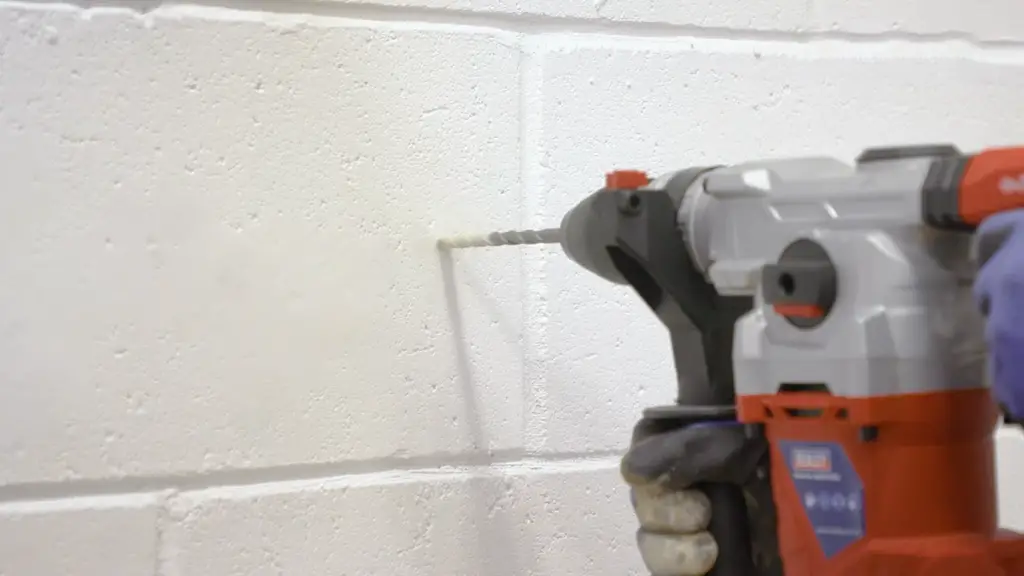
The SDS system allows for a more powerful drilling experience, creating extra force when used in a hammer drill setting. This power can be used to drill faster and with more power. It also creates less vibration, which makes for a smoother experience. The system is especially useful on masonry and concrete, as the extra force breaks up the material more quickly than traditional methods.
The drill must be set at the correct speed and pressure to ensure that you do not damage the bit or the material. It is also important to use a quality lubricant.
SDS bits can be used in other applications, such as removing screws and bolts, or for countersinking screws. They can also be used to make pilot holes in wood before inserting a screw or nail.
How Do Hammer Drills Work and What Are They Used For?
A hammer drill is designed to produce a hammering action while drilling. This action helps in shattering tough materials. Hammer drills consist of two parts: an electric motor which provides power and a chuck which holds the bit. The housing of the drill houses both these components.
When you turn on a hammer drill, the motor causes a hammering action to occur between two components called an anvil and a slug. This hammering motion creates vibration in the chuck which assists in drilling through different materials.
Hammer drills are mainly used for concrete or masonry walls or floors. They can be used for drilling into bricks, tiles, stone work, and other tough materials. You can use hammer drills for drilling a hole in wood or metal, but it may not be as effective as using a regular drill.
There is an important safety tip to consider: Wear protective gear such as goggles and heavy-duty gloves when operating the tool. Hammer drills can easily cause debris to fly.
Therefore, hammer drills are great for any home workshop.
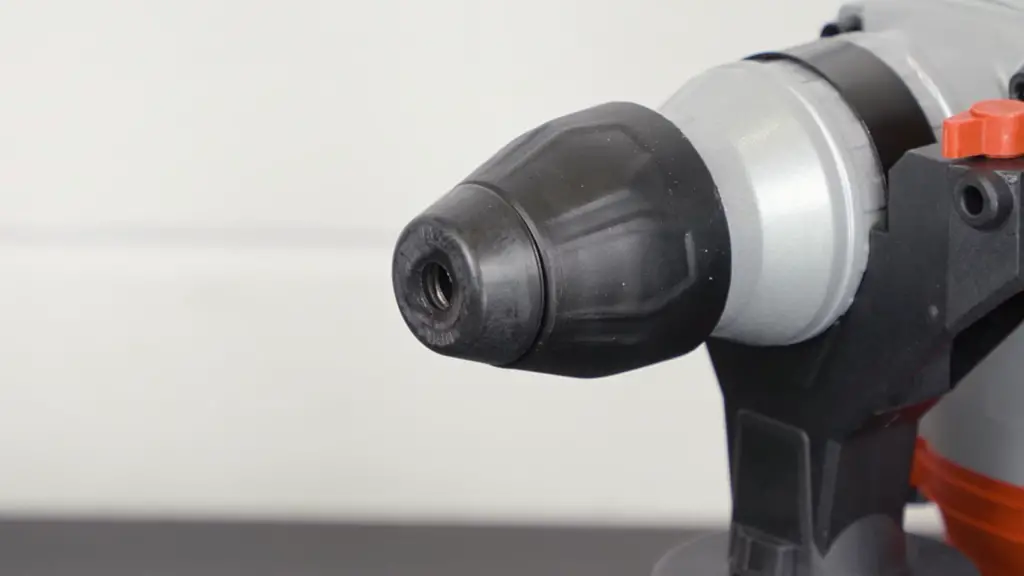
Are SDS Drills & Hammer Drills The Same Thing?
The major difference is that an SDS drill uses a special bit with two or more slots on one end that allows it to be pounded into the masonry material. This pounding action makes drilling quicker.
The hammer drill has a single slot at each end of its bit. It uses a spinning action to drill holes instead of the pounding action used by an SDS drill, and because it doesn’t need to break up the material as much, it works faster in softer materials.
Overall, the performance of an SDS drill is significantly better for masonry projects.
The Main Parts Of An SDS Drill
An SDS drill is composed of seven main parts.
Handles
The handle is designed to provide comfort and grip while drilling and are usually padded or ergonomically shaped. The motor provides power for the drill to operate, and higher wattage motors will allow for more powerful drilling operations.
Quick Release Chuck
This is a locking mechanism that allows you to quickly change bits without having to worry about twisting the bit in. This is especially important when using different types of bits and avoids wasting time trying to get the right one.
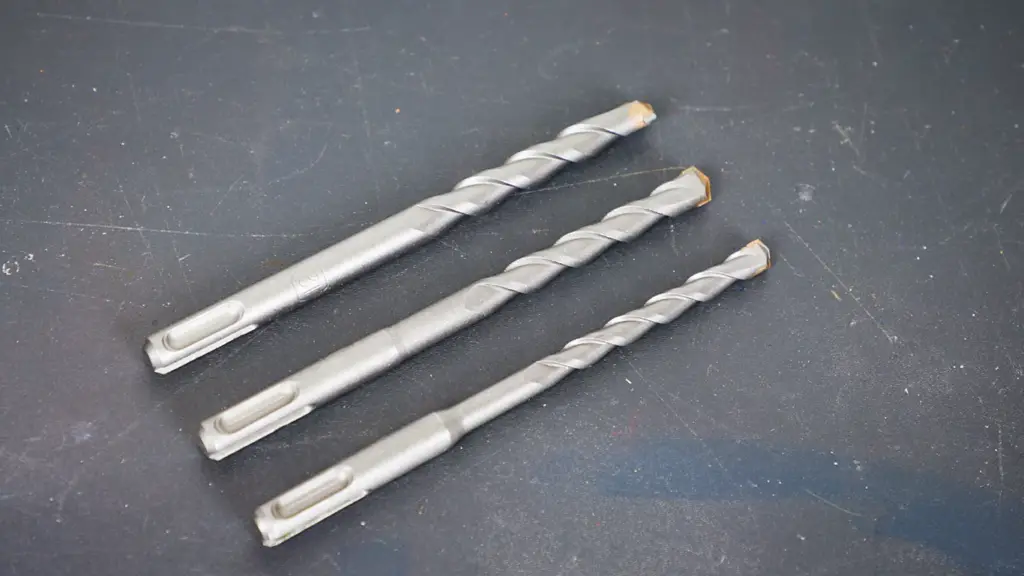
Buttons
The buttons are the components that control the speed and direction of an SDS drill. The speed is typically adjusted with a trigger, while the reverse button allows for drilling in two directions.
Depth Gauge
The depth gauge helps you to determine how deeply the bit needs to be inserted into a material. This is important when drilling into materials that need exact measurements in order to avoid over-drilling.
Hammer Mechanism
It provides the percussion needed to break through tough materials. The higher wattage models will have a more powerful hammer and can be used to break through concrete with ease.
Piston
The piston moves back and forth to provide the necessary force for hammering. It is usually made from stainless steel or other durable material, and it needs to be regularly lubricated in order to keep it functioning properly.
Ball Bearings
These are the components that allow for the smooth operation of an SDS drill. They are placed in between the motor and the handle, and they should be regularly inspected to ensure that there is no debris or dirt build-up.
SDS Vs Regular Hammer Drills
When it comes to drilling on tougher materials, you will need a hammer drill. The difference between an SDS bit and a regular one lies in its design. Regular bits have straight shanks that are designed for use with traditional rotary drills, while SDS bits have tapered shafts with teeth at the bottom and are designed for use with hammer drills.
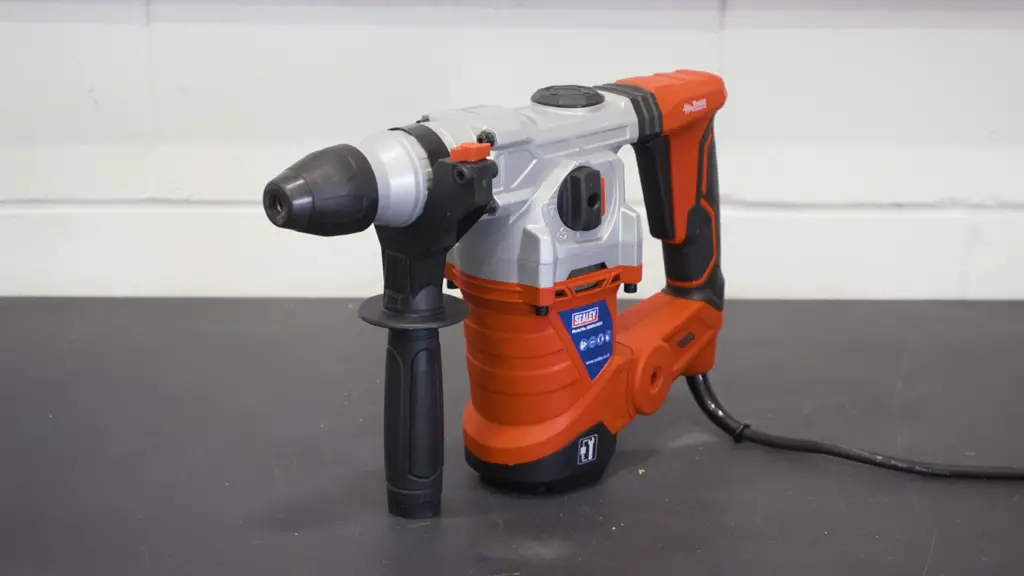
Pros Of An SDS Bit
Their design makes them very efficient and strong enough to handle heavy-duty applications. Here are some of the advantages they offer:
- Improved Drilling Speed – SDS bits have special design features that allow them to quickly and easily penetrate dense material.
- Greater Strength – The unique design also improves its strength and durability. The robust body of the bit can withstand heavy duty use without breaking or chipping, allowing you to get the job done faster and more effectively than ever before.
- Versatile Uses – SDS bits are also incredibly versatile and can be used for a variety of drilling applications. From small holes to large ones, an SDS bit is up to the task. It can even be used with multiple materials like, allowing you to get creative with your projects.
- Reduced Vibrations – One of the most impressive features of an SDS bit is its ability to reduce vibration. This makes it easier and safer to use, even on tough job sites. Plus, it helps ensure that you get a smoother finish every time.
Overall, SDS bits are incredibly valuable tools for almost any drilling application you might have. They offer improved speed, strength, versatility and reduced vibrations that make them ideal for any project.
Cons Of An SDS Bit
Although SDS bits are great for many different construction projects, there are some cons to consider as well. One of the most obvious is that they tend to be more expensive due to their specialized design. Additionally, SDS bits require an investment in a compatible hammer drill or rotary hammer — which can be quite costly compared to a regular drill.
Another downside of an SDS bit is that they can cause damage to softer materials such as plasterboard and tiles, so it’s important to know which material you’re drilling into before using one. Lastly, because of their specialized design, SDS bits are less versatile than standard bits.
SDS Vs. SDS Plus Vs. SDS Max
There are three diverse types of SDS bits: SDS (Slotted Drive System), SDS Plus (also known as SDS+) and SDS Max (the largest variant).
All types have a different set of specifications which make them suitable for use in different applications. SDS bits are the smallest and least powerful option, with a diameter ranging from 10mm to 16mm and usually don’t exceed 4 inches in length. They are best used for softwood or plastic, as well as drilling concrete walls thinner than 3 inches thick.
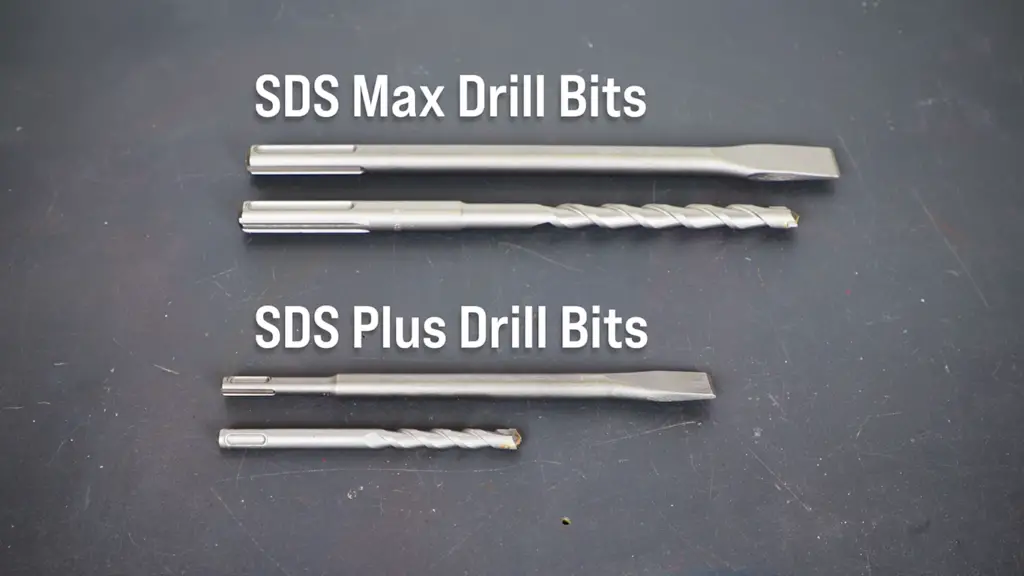
SDS Plus bits are the most popular type and offer more power than SDS. They range in size from 10mm to 25mm and can drill walls up to 6 inches thick, making them ideal for medium-duty tasks like drilling into brick or block walls.
It’s important to have the right type for the job. Once you know which bit is best suited for your needs, however, you can count on SDS bits to provide superior performance.
Common Modes On A Modern SDS Drill
There are several modes they can use. Most modern models come equipped with variable speed settings and a reverse setting, giving you more control over the bit when drilling. This is especially useful for harder surfaces such as concrete or brickwork. Here are some of the most common modes on an SDS drill.
Normal Drilling
This is the most basic mode and is suitable for softer materials. It is important to remember that the bit should be firmly held in place when using this mode, as a lot of force will be applied to it.
Hammer Only
This mode is great for harder materials. The bit will move in a hammer-like motion, allowing it to penetrate the surface with ease. It is essential to adjust the speed setting to ensure that the drill does not damage the material.
Rotary Hammer Mode
This is a more advanced mode and it is suitable for very hard materials. The rotary hammer mode combines the rotating motion of the bit with the percussive force of the hammer action to easily break down tough surfaces. It is important to note that this mode should only be used on special SDS bits designed for this purpose, as regular bits may be damaged by extreme force.
What To Look For When Buying An SDS Drill?
First and foremost, determine the job.
Power & Speed
It’s important to look for drills that have enough power and speed to suit your project. You will also want to check the number of variable speeds the drill has, as this can make a big difference in getting the job done. If you plan on doing heavier-duty work, then opt for a model with more power and faster speeds.
Size & Weight
Some of the larger models can be quite heavy and bulky, so consider if you will need to move the drill around or lift it frequently. For smaller jobs, a compact and lightweight drill is a better option.
Cost
SDS drills come in a wide range of prices and it’s important to find one on your budget without sacrificing quality. While more expensive models may offer more features and power, it may not be necessary for your project. Consider all these criteria when shopping for an SDS bit to get the best value for your money. [1]
FAQ
Can you use an SDS drill bit in a normal drill?
The SDS drill chuck shank would not lock into the standard chuck. Furthermore, using an SDS bit in a regular one could cause damage to the bit, the material, or the drill itself. [2]
They are used for hard materials. They provide the power needed to quickly drill through these surfaces without the risk of damaging them.
They work by absorbing most of the shock from hammering action, allowing you to effortlessly make holes in tough surfaces. SDS bits are capable of drilling deeper into a surface than normal bits, so they are ideal for applications such as installing fixtures in concrete.
The SDS bit also has the added benefit of being able to be ejected from the chuck after use, meaning there is no need to manually remove it and you can quickly switch between diverse types of bit for any given job.
Using too small a bit on hard materials will result in poor performance while using too large one can cause over-drilling and create an unsafe situation. [3]
What does SDS stand for in a drill?
SDS is “Slotted Drive System” and has an attachment system designed to fit specialized drill chucks. SDS bits are commonly used in drills, which use a strong reciprocating motion to add extra power. They can also be used in conventional electric or cordless drills, and offer increased performance. [4]
Are SDS drill bits better?
Yes, these bits are better for certain applications. They offer more power and can tackle tougher materials with ease. Plus, they provide greater control over the speed, making it easier to find just the right amount of torque for the job at hand.
SDS bits are mostly used in professional applications, such as construction sites or industrial projects. With their powerful drilling abilities, you can tackle a variety of tasks that may have been difficult with traditional bits. [5]
Useful Video: SDS Drill Bits Explained and How to Use
Conclusion
Now that you know what SDS bits are used for, it’s time to start shopping for the right one. Be sure to take into account your needs and the potential applications of each bit. Ensure that your chosen bit is compatible with the drill and will provide the results you’re looking for. We hope this guide has been helpful in explaining what SDS bits are used for. Whether you’re using them for professional or DIY projects, these bits can make your job faster. With the right tools, even difficult jobs can be completed with ease! Thanks for reading and happy drilling!
Reference
- https://www.toolventure.co.uk/what-is-an-sds-drill/
- https://www.thecleverhomeowner.com/can-you-use-an-sds-drill-bit-in-a-normal-drill/
- https://www.confast.com/articles-sds-carbide-tipped-drill-bit/
- https://ruwag.co.uk/blogs/handy-hints/what-is-an-sds-drill-and-why-should-you-get-one
- https://www.rennietool.co.uk/blogs/news/what-is-the-difference-between-sds-and-hss-drill-bits






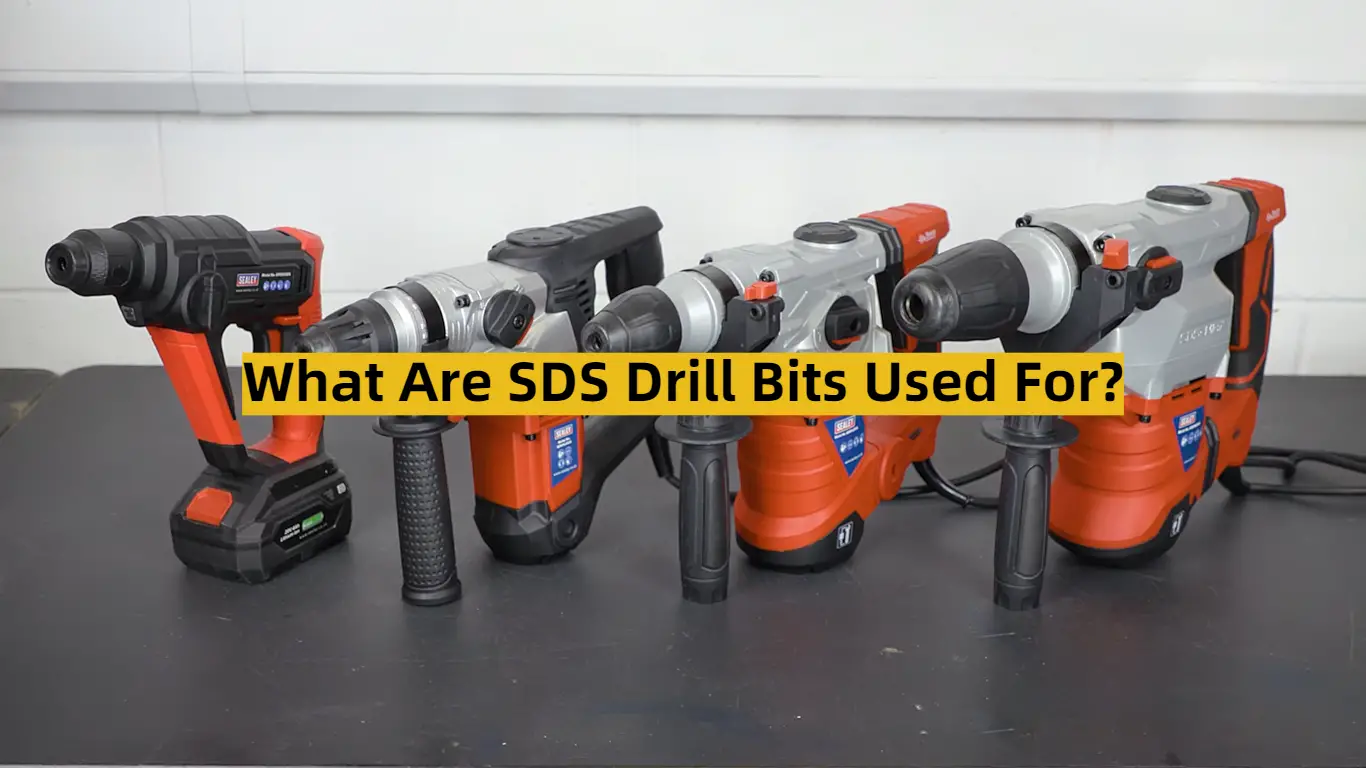




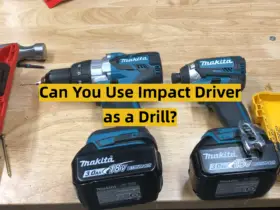

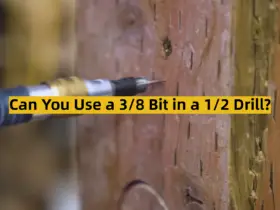
Leave a Reply